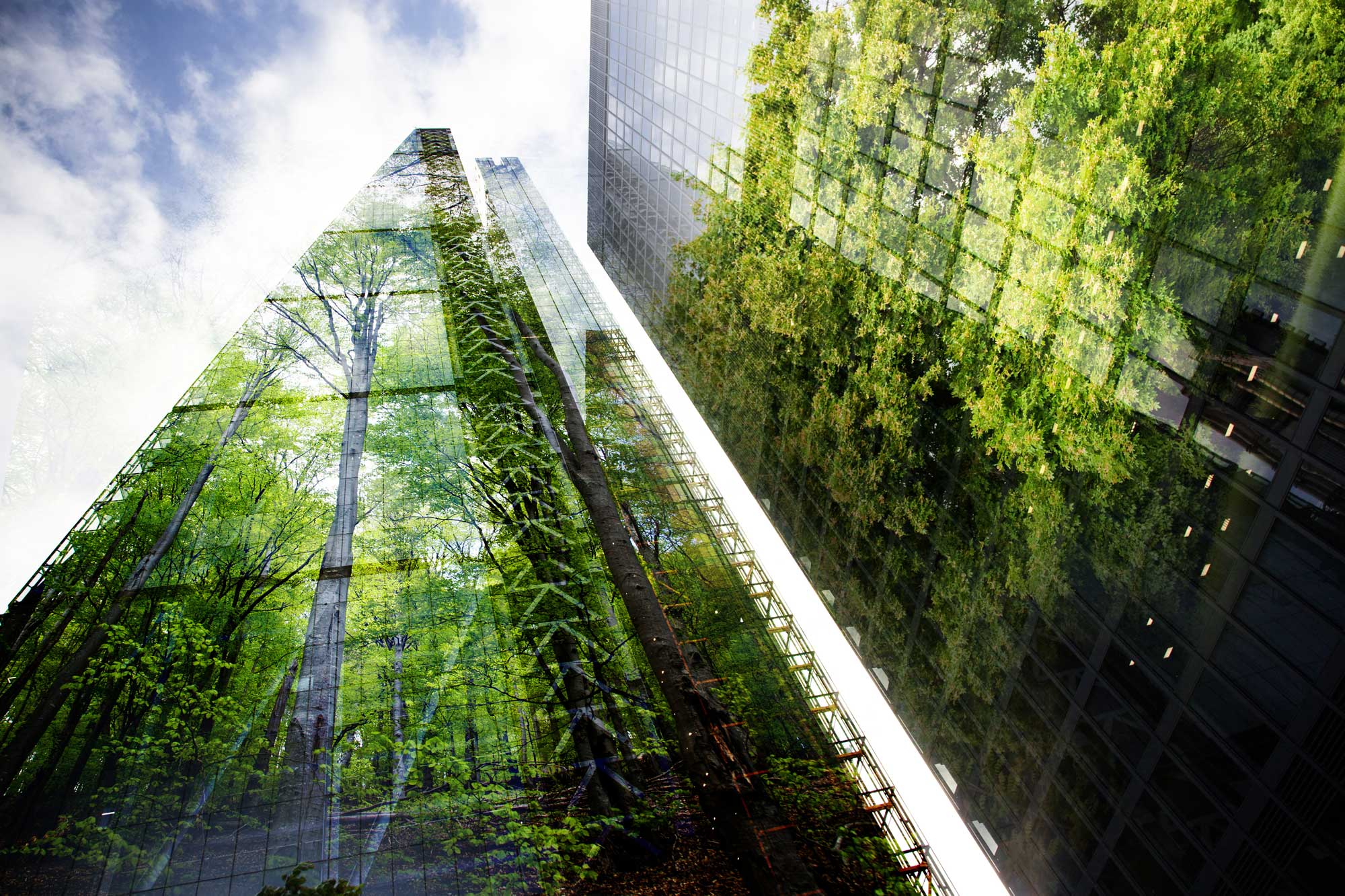Sustainable Real Estate Investment: Building the Future
Sustainability is a concept that is most frequently talked about in the world and studies are carried out in many sectors. Sustainability investment is now at an important point not only for us but also for future generations. Real estate is not limited to just building and selling buildings quickly. Real estate is also closely associated with the sustainability of our planet and society.
When buying real estate, we should have a perspective that takes into account not only the value and profit margins it will bring, but also its environmental impacts and long-term sustainability. By being environmentally friendly, we can raise awareness among both investors and those working in the construction industry. By separating the construction of our future from concrete and steel; We can provide the vision of building a greener, more people-centered and more sustainable world. So, what is green construction? What does future and sustainable investment mean in real estate? We tried to touch on each of them.
.

Sustainable Construction Techniques and Materials
Green construction incorporates a wide range of sustainable techniques and materials that aim to preserve resources by minimizing environmental impacts. Environmentally friendly buildings can be designed and constructed with a green construction approach.
Sustainable Construction Techniques:
- Energy Efficiency: Energy consumption of buildings can be reduced by using energy efficient construction design and technologies. The main issue for green construction and sustainable future is energy efficiency.
- Saving Water: Water is indispensable for our planet. In order to achieve water efficiency, low-flow fixtures, rainwater collection systems and water recycling technologies can be used.
- Waste Management: Waste is not just environmentally friendly garbage that appears in our daily lives. It is also one of the most common problems in the construction industry. Recycling of waste during and after construction can be properly managed with waste reduction strategies.
- Green Roofs and Walls: Roofs and walls covered with vegetation on the tops of buildings; It increases the thermal insulation of buildings. Thanks to the plants, the building's water management improves and provides a natural appearance by encouraging the increase of green areas.
- Natural Light and Ventilation: Natural light and ventilation in buildings can directly reduce energy costs.
- Passive Design: Passive design principles; It includes the use of solar energy, heat flow and wind utilization. It is aimed to reduce energy consumption with passive design principles.
- Transportation and Transportation Planning: Buildings must be compatible with transportation and transport systems. Bicycle lanes, public transport access and parking arrangements are part of sustainable construction.
Sustainable Construction Materials:
- Recycled materials such as glass, metal, plastic and wood,
- Wooden materials obtained through sustainable forestry practices,
- Natural insulation materials (such as hemp, linen, wool)
- Paints and coatings containing low volatile organic compounds (VOC),
- Solar panels that reduce carbon footprint and produce their own energy,
- Solar reflective and insulating roof coverings that reduce heating and save energy,
- Low carbon cement,
- Sustainable concrete alternatives such as high performance concretes and lightweight concretes
Advantages of Environmentally Friendly Buildings
Environmentally friendly buildings both support sustainable investment and provide economic and social benefits. The most important features of environmentally friendly buildings are that they provide energy efficiency and reduce energy costs. Environmentally friendly buildings built with green construction techniques require less energy thanks to good insulation, energy-saving lighting and heating/cooling systems. Environmentally friendly buildings also reduce carbon footprint through the selection and use of construction materials. Built using options such as recycled materials and low-carbon cement, these buildings have a very low environmental impact.
Environmentally friendly buildings also reduce water consumption by using water-efficient features (such as low-flow fixtures, rainwater harvesting systems). They can also protect the health of building occupants by having low-VOC (volatile organic compound) paints and coatings and ventilation systems that support healthy indoor air quality. Green roofs and walls create green areas on or around buildings; They also improve urban environments by increasing biodiversity.
Environmentally friendly buildings are designed using natural light and ventilation. Thus, a more comfortable and healthy living environment is provided for building residents. Eco-friendly buildings are also a way to demonstrate social responsibility regarding sustainability. Certifications obtained through green construction can directly increase business and brand value.
Green Certificates and Standards
Green certificates and standards are documents issued for the sake of an environmentally friendly and real estate future. Sustainable investment is encouraged through green certificates and standards. Organizations that evaluate the compliance of buildings with sustainability criteria such as energy efficiency, water saving, reducing environmental impact and healthy indoor air quality issue certificates depending on the compliance principles. Here are some green certifications and standards:
- Leeds
- Breath
- Green Globes
- Energy Star
- Passive House (Passivhaus)
- Well Building Standard
- Living Building Challenge
- Edge (Excellence in Design for Greater Efficiencies)
What is happening in climate change, the decline in energy efficiency and sustainability brings concerns about the future of real estate. Thanks to sustainable investment, the foundations of a bright future can be laid both environmentally and economically. With the rise of green certifications and standards, construction projects of the future may be more environmentally friendly and energy efficient. Buildings constructed using green construction techniques and materials can provide great benefits to investors and the environment. Sylvana Istanbul, Reportage's project that synthesizes green and natural beauty, combines the needs of modern life with the mission of sustainability. It is ready to offer you a new and environmentally friendly living experience with its location in Bahçeşehir.
Türkçe içerik için tıklayınız.
للغة العربية اضعط هنا






